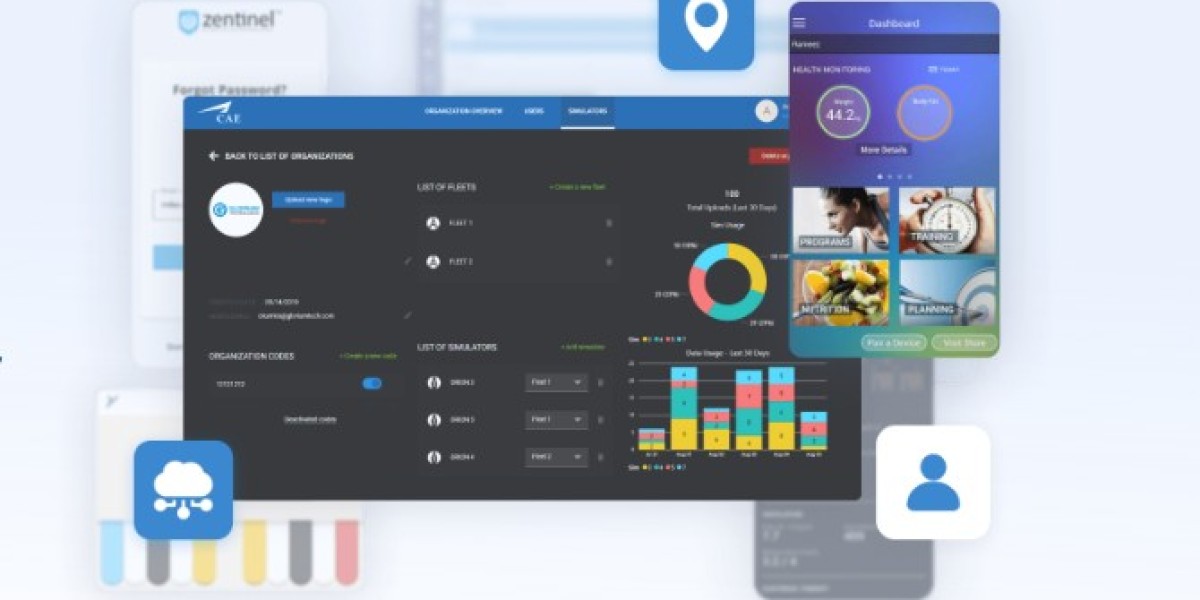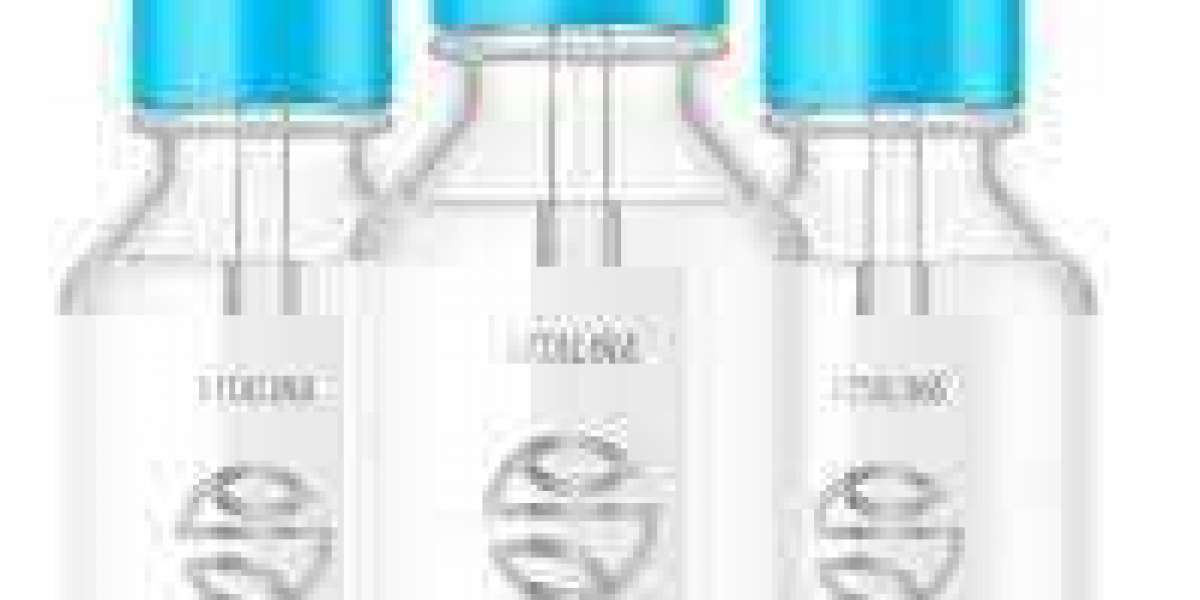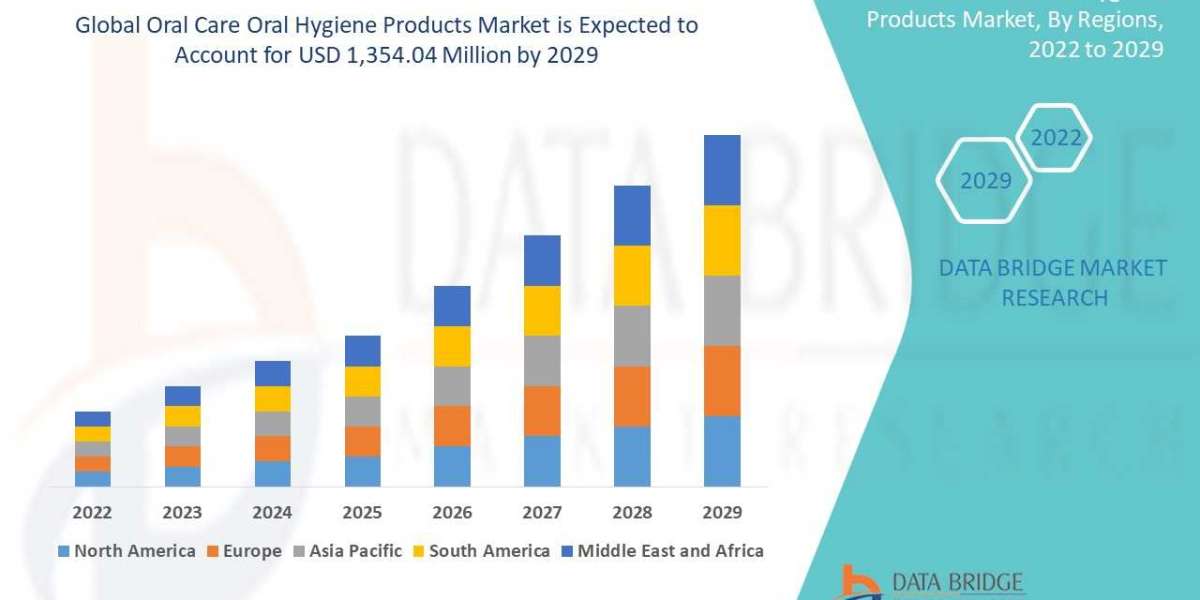Introduction
In recent years, remote patient monitoring (RPM) has emerged as a transformative technology in the healthcare industry. By leveraging digital tools and telecommunication, RPM facilitates the continuous monitoring of patients outside of conventional clinical settings. This article explores various remote patient monitoring use cases and their impact on healthcare delivery.
The Evolution of Remote Patient Monitoring
The Rise of Telehealth Services
In response to the growing need for accessible healthcare, telehealth services have become increasingly prevalent. Telehealth, a component of RPM, enables patients to consult healthcare providers remotely, reducing the need for in-person visits.
Wearable Health Devices
Advancements in wearable technology have paved the way for RPM to monitor vital signs and collect health data in real-time. Devices such as smartwatches and fitness trackers can track metrics like heart rate, sleep patterns, and activity levels, providing valuable insights into patients' health status.
IoT Integration in Healthcare
The Internet of Things (IoT) has revolutionized healthcare by connecting medical devices and sensors to centralized systems. RPM utilizes IoT integration to gather, transmit, and analyze patient data seamlessly, enabling proactive healthcare management.
Remote Patient Monitoring in Chronic Disease Management
Diabetes Management
For individuals with diabetes, RPM offers a lifeline by enabling continuous glucose monitoring and medication adherence tracking. Patients can receive personalized insights and interventions to manage their condition effectively, reducing the risk of complications.
Hypertension Monitoring
High blood pressure, or hypertension, is a significant risk factor for cardiovascular disease. RPM solutions allow for remote monitoring of blood pressure levels, empowering patients and healthcare providers to adjust treatment plans promptly and prevent adverse events.
Remote Patient Monitoring in Post-Acute Care
Post-Surgical Recovery
Following surgical procedures, patients require careful monitoring to ensure optimal recovery. RPM facilitates remote tracking of vital signs, wound healing progress, and medication adherence, promoting a smooth transition from hospital to home-based care.
Chronic Pain Management
Chronic pain conditions often necessitate ongoing monitoring and symptom management. RPM platforms enable patients to track pain levels, medication effectiveness, and functional status, empowering them to play an active role in their pain management journey.
Leveraging RPM for Elderly Care
Fall Detection and Prevention
Falls are a leading cause of injury among older adults, often resulting in hospitalization and decreased independence. RPM solutions incorporate fall detection algorithms and wearable sensors to alert caregivers in real-time, reducing the risk of fall-related injuries.
Medication Management
The elderly population is susceptible to medication errors and adverse drug reactions. RPM systems facilitate medication reminders, dosage tracking, and medication reconciliation, promoting medication adherence and safety among elderly patients.
Enhancing Mental Health Support with RPM
Depression and Anxiety Monitoring
RPM extends beyond physical health to encompass mental well-being. Patients with depression and anxiety can benefit from remote monitoring tools that track mood fluctuations, sleep patterns, and activity levels, enabling early intervention and support.
PTSD Management
Individuals coping with post-traumatic stress disorder (PTSD) require ongoing monitoring and therapeutic support. RPM platforms offer virtual counseling sessions, symptom tracking, and medication management, fostering resilience and recovery.
FAQs (Frequently Asked Questions)
- What are the primary benefits of remote patient monitoring?
- Remote patient monitoring offers several benefits, including improved access to healthcare, enhanced patient engagement, early detection of health issues, and cost savings.
- How does remote patient monitoring ensure data security and privacy?
- RPM systems employ encryption protocols, secure data storage, and stringent access controls to safeguard patient information and maintain privacy.
- Can RPM be integrated with electronic health records (EHRs)?
- Yes, RPM platforms can seamlessly integrate with EHR systems, enabling healthcare providers to access patient data within their existing workflows.
Conclusion
Remote patient monitoring has emerged as a cornerstone of modern healthcare, offering a wide array of applications across various clinical settings. From chronic disease management to elderly care and mental health support, RPM continues to revolutionize healthcare delivery by promoting proactive, personalized, and patient-centric care.



